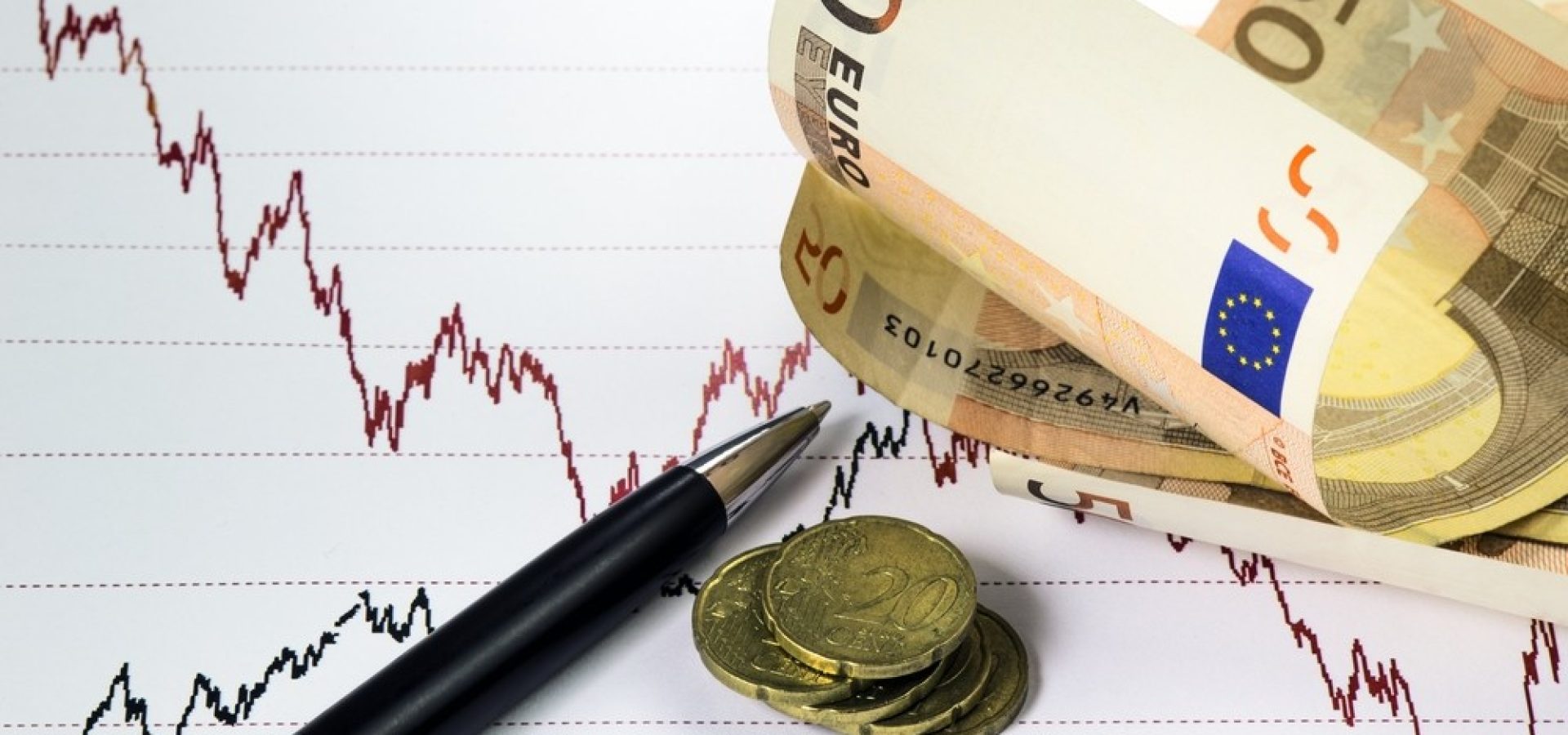The U.S. dollar strengthened its position as a cautious market pushed investors to safety while the U.S. economic strength, as well as a rapid vaccine rollout, also added to the greenback’s shine. However, the euro was not so lucky, as it dropped 0.1% in the Asia session to $1.1783. Importantly, it was not far above last week’s four-and-a-half-month trough of $1.1762 and well below its 200-day moving average of about $1.1866.
It is worth noting that, euro is on course for its worth month since mid-2019. As a reminder, the pandemic is not over yet, and the vaccination program is moving quite slowly. Interestingly, the common currency continued to fall even as the long-term U.S. yields lost some upward momentum.
As stated above, the pandemic remains one of the biggest challenges and it won’t be easy to stabilize the situation. The coronavirus pandemic created numerous problems and it could take time to return to pre-coronavirus results.
U.S. dollar strengthens its position
The euro is struggling to strengthen its position against the U.S. dollar, and let’s have a look at other currencies.
Interestingly, virus-driven caution also helped the U.S. dollar to strengthen its position against the Australian dollar. Moreover, the U.S. dollar rose against the New Zealand dollar as well as sterling. This is not the end of the story, as it rose against oil-linked currencies, as the re-floating of the ship blocking the Suez canal pushed crude prices down by about 1.5%.
Importantly, only the safe-haven Japanese yen headway, scraping from a 10-month low it made on Friday. The yen added 0.2% to 109.43. However, the Japanese yen along with the Swiss franc remains at the bottom of the G10 leaderboard this year.
As a reminder, over the quarter, the dollar posted a 0.7% loss on the pound. The country’s successful vaccination program helped to boost the pound. However, the U.S. dollar strengthened its positions against the Australian dollar as well as the New Zealand dollar. Housing market reforms created problems for the Australian dollar and the kiwi.
Interestingly, the yen is sensitive to gaps in returns on the U.S. and Japanese government debts. The yen dropped about 5.7%, its worst quarterly performance since late 2016. Notably, the Swiss franc is down 5.8% for its worst performance since the third quarter of 2014.
It is worth noting that, the Australian dollar was down 0.3% to $0.7621 on Monday. Also, the New Zealand dollar fell 0.3% to $0.6978. Moreover, the sterling declined 0.2% to $1.3767. As mentioned earlier, the euro is on track for its worst month since mid-2019.









COMMENTS